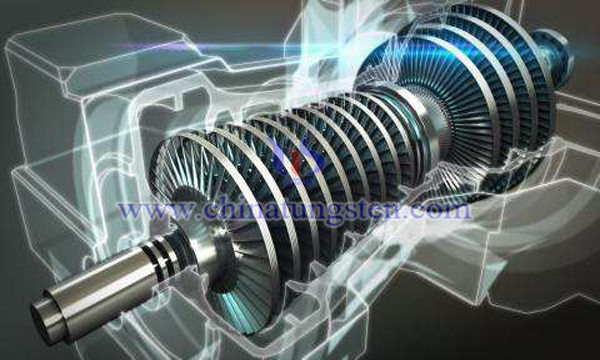New Lubricant Additive for the Engine - Tungsten Disulfide
- Details
- Category: Tungsten Information
- Published on Friday, 19 July 2019 23:53
Engine is the heart of modern industrial technology. Adding lubricant additive into engine can reduce friction, wear, heat dissipation, cleaning, sealing and cushioning. Its purpose is to reduce piston wear, reduce energy loss and improve fuel economy.

Although tungsten disulfide as an extreme pressure and antiwear additive for lubricating grease has shown broad application prospects and considerable economic benefits, the research in this field is still in its infancy. Recently, some scholars have proposed a preparation method of ionic liquid modified tungsten disulfide composite extreme pressure and antiwear additive, which includes the following steps. Suddenly:
According to the proportion: base oil 70%-90%; tungsten disulfide composite extreme pressure antiwear agent 0.5-1.5%; high temperature antioxidant 0.1-0.5%;
2-5.7% detergent, 3-5% dispersant, 5-10% viscosity index improver, 0.1-0.3% pour point depressant and 0.0001-0.0002% defoamer.
A.Under the condition of ultrasonic oscillation, the reaction of 0.4g precursor LixWS2 with 1000ml distilled water was carried out.
B. Adjust the pH value to produce tungsten disulfide monolayer suspension with pH7.
C. Adding 50 ml ionic liquid to the suspension and stirring at 65-75 ℃ for 24 hours at a certain temperature.
D.Solid products were separated by centrifuge with rotating speed of 2000 rpm.
E.Wash the product several times with a small amount of distilled water to determine the removal of LiOH and soluble substances.
F.Finally, the samples were washed with potassium tetrafluoroborate solution for several times and dried to obtain ionic liquid modified tungsten disulfide composite extreme pressure antiwear agent.
Tungsten disulfide is applied to engine oil. When the load is low, the metal surface emits exoelectrons by mechanical energy, resulting in positive charge points on the surface of friction pairs. Due to the dual electrical structure of ionic liquids, the metal surface can be firmly adsorbed to form a physical adsorption film, effectively separating the friction surface, thus playing a role of friction reduction and anti-wear. When the load is high and the friction is aggravated, tungsten disulfide reacts with the metal substrate chemically, and then produces FeS film with lower melting point, which effectively reduces the contact between metal friction pairs, thus reducing the wear of metal surface. At high temperature, tungsten disulfide can produce oxides slowly. The formation of oxides can inhibit the further oxidation of tungsten disulfide, and the formed oxides also have lower friction coefficient and similar lubrication properties to tungsten disulfide, which can also reduce the wear between metal surfaces.
- Tungsten Oxide Manufacturer & Supplier, Chinatungsten Online: www.tungsten-oxide.com
- Tungsten News & Prices of China Tungsten Industry Association: www.ctia.com.cn
- Molybdenum News & Price: news.molybdenum.com.cn
- Tel.: 86 592 5129696; Fax: 86 592 5129797; Email: sales@chinatungsten.com



 sales@chinatungsten.com
sales@chinatungsten.com